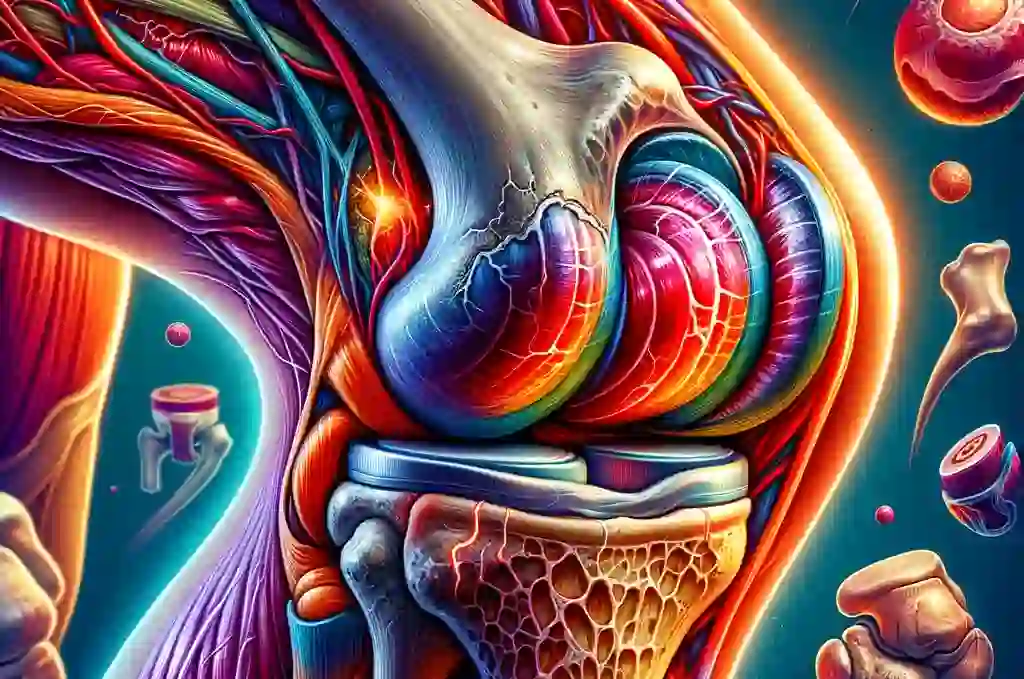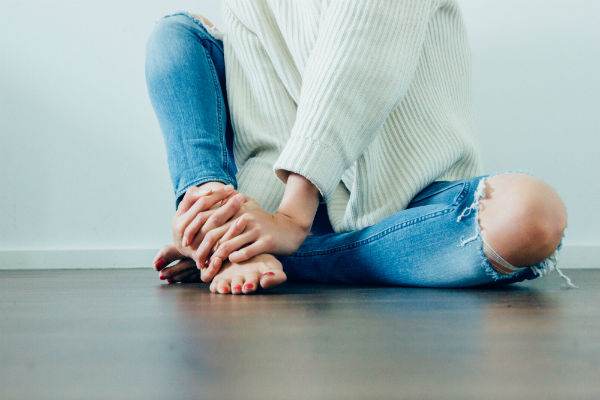6 Best Exercises For Plica Syndrome
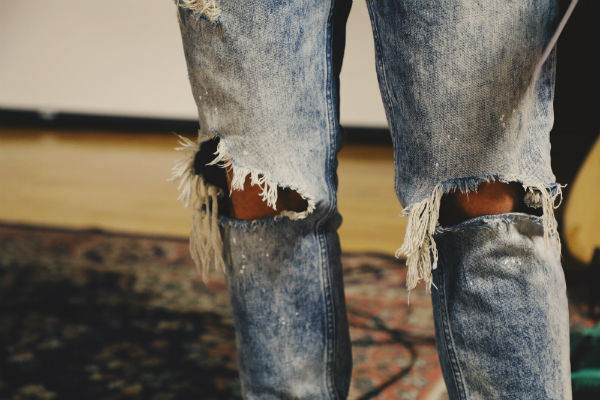
“Do you experience knee cap pain?
Persistent knee cap pain, also known as anterior knee pain, despite the best efforts of your physiotherapist and chiropractor, may be indicative of Plica Syndrome.
But what is Plica Syndrome?”
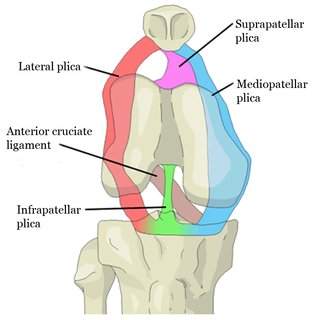
With Plica Syndrome, your kneecap may be painful, accompanied by clicking, clunking, and popping during activities like squatting. You may also experience decreased knee bending and intermittent knee cap pain, sometimes accompanied by medial knee pain.
See MRI CAT or X-ray which is best
The image below illustrates the medial side of the knee, commonly associated with Plica Syndrome.
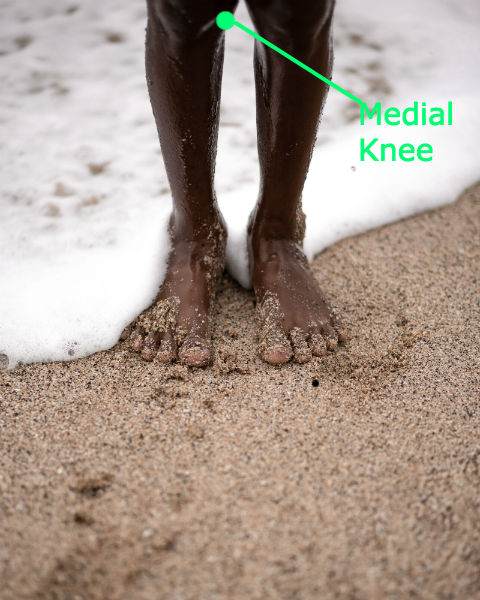
Plica is residual knee tissue that didn’t reabsorb into the body during fetal development, present in about 50% of individuals. It is often found on the medial side of the knee cap.
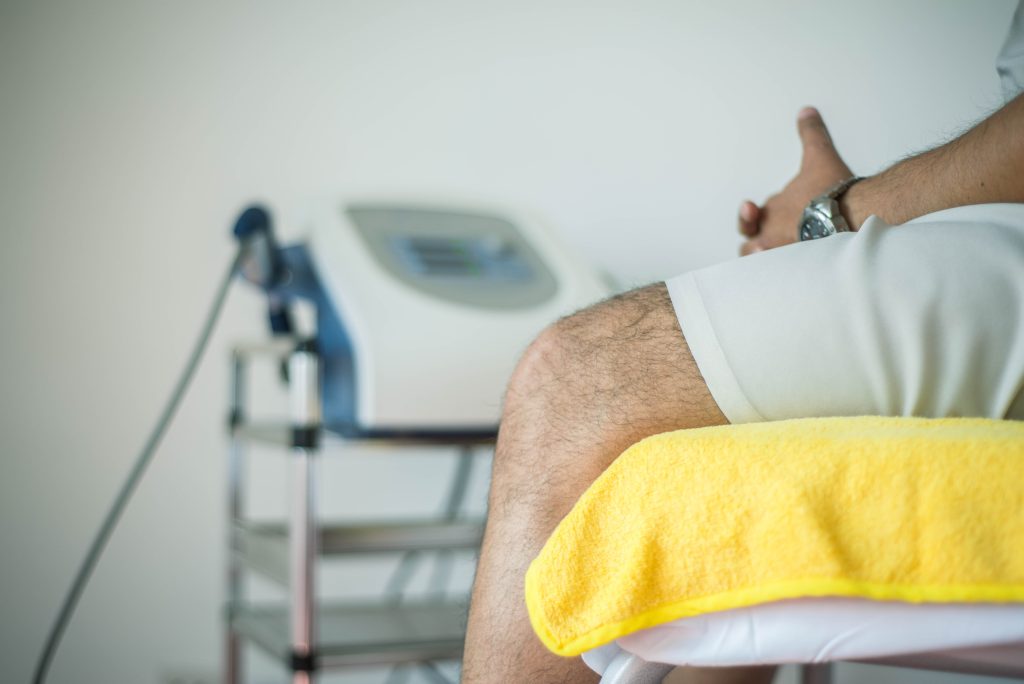
What causes Plica syndrome?
Plica syndrome can result from injury or overuse, with the plica getting caught between the femur, knee cap, or the femur and quadriceps tendon during knee bending (70-90 degrees), causing pain and inflammation.[2] Activities like running, rowing, gymnastics, hockey, and basketball can exacerbate the condition.
Symptoms of Plica Syndrome
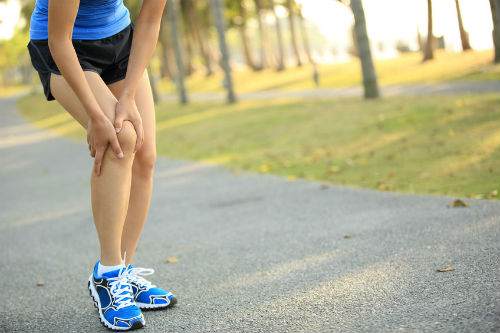
- More common in females, young adults, and teenagers.
- Dull aching during activities such as walking up or down stairs, squatting, kneeling, or prolonged knee bending.
- Symptoms may worsen progressively for some individuals.
Diagnosis Of Plica Syndrome
Plica syndrome is considered by your chiropractor or physiotherapist if patellofemoral pain treatment proves ineffective. Diagnosis relies on history and examination, as there are no specific tests or imaging, though an MRI may help detect inflammation and fibrosis.[3]
Palpating Your Plica
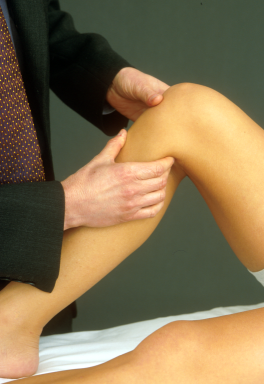
Your chiropractor can often palpate the plica on the medial side of the patella (knee cap) right at the joint line.
Very helpful for the diagnosis of Plica Syndrome. However, your chiropractor has to think about the possible diagnosis first.
How long does it take to recover from Plica Syndrome
Recovery time depends on the severity, practitioner skill, and your ability to avoid aggravating Plica Syndrome. Reduced training, cross-training with activities like swimming, and focusing on upper body training can expedite recovery, taking weeks to months.
Chiropractic Rehabilitation For Plica Syndrome
Treatment involves ice packs, ice massage, active release techniques, quadriceps strengthening, and hamstring flexibility exercises.
#1 Exercise: Foam Roll Knee Extension
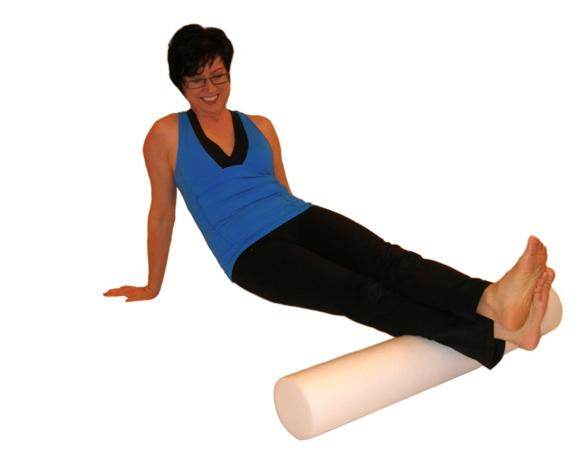
This exercise is an effective method to stretch the back of your knee and hamstrings:
- Sit up with your hands supporting you.
- Place a foam roll under your lower leg.
- Straighten out your knee and let it relax.
- Hold the position for 2-5 minutes to stretch the back of your knee and hamstring.
For increased pressure and intensity, consider placing one leg on top of the other.
#2 Exercise: Straight Leg Raise ITB stretch
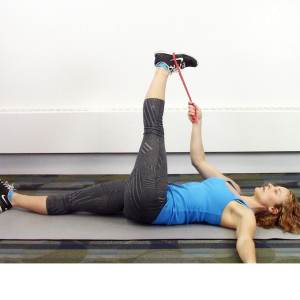
An ITB stretch stands for the iliotibial band, a band of fascia on the side of your thigh. The goal of this stretch is to alleviate pressure on the medial side of the knee by targeting and stretching the iliotibial band
- Lie face up.
- Place a Theraband or towel around your foot.
- Keep your knee straight and lift your leg.
- For those with Plica on the right knee: Cross your straight leg over your left shin or as far as comfortable.
- Perform 2 sets of 8 repetitions.
#3 Exercise: Heel Slide For Plica Syndrome
Your hamstrings will strengthen with this exercise, simultaneously promoting joint mobility. Perform this exercise on a hardwood or laminate floor with socks on for smooth heel sliding. Alternatively, you can use a slider on the carpet or the floor, which is the most convenient method for this exercise. Avoid using a yoga mat for this particular exercise.
Level 1
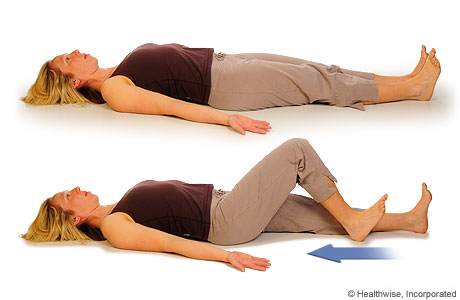
- Lie down on the floor with your socks on.
- Ensure both of your legs are straight.
- Point your toes upward towards the ceiling.
- Bend your painful knee while applying slight pressure to your heel, bringing your knee to approximately 90 degrees.
- If both knees are painful, perform the exercise on both sides.
- Complete 3 sets of 15 repetitions, starting with sets of 10. Hold each repetition for 3 seconds.
Level 2
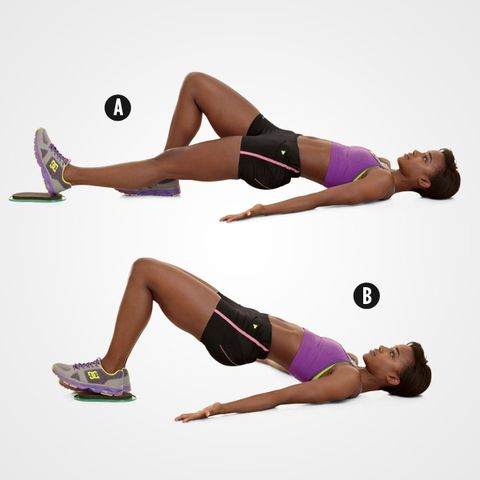
- Lie down on the floor with your socks on, utilizing a slider as shown in the picture above.
- Keep one leg straight while the other is bent, following the positioning in Picture A.
- Ensure your toes are bent upward towards the ceiling.
- “Bridge up” by lifting your hips and buttocks so they align with your chest, replicating the position shown in the picture.
- Bend your painful knee until it reaches approximately 90 degrees, as demonstrated in Picture B.
- Complete 3 sets of 15 repetitions, beginning with sets of 10. Hold each repetition for 3 seconds.
#4 Exercise: Straight Leg Raise For Plica Syndrome.
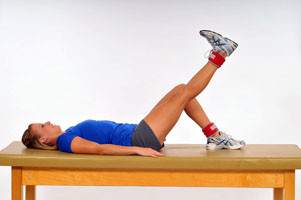
Straight Leg Raises starts strengthening the quadriceps muscle that.
- Lie on your back with one knee straight and the other bent to help protect your lower back.
- Bring your toes towards you to lock out your knee and keep your knees straight.
- Slowly raise your leg straight with your leg locked to about 60 -70 degrees. Hold for 1 sec.
- Slowly lower your leg back down.
- Do 3 sets of 10 repetitions.
Advanced Straight leg Raise
- Don’t let your feet rest on the floor.
- Come down to about 30 cm or 1 foot off the floor then come back up again.
- Do 3 sets of 15-20.
#5 Exercise Hip Adduction For Plica Syndrome.
You want to strengthen your adductors to help the muscles in that area of your plica.
- Lie on your side resting on your elbow.
- Your back leg is bent and your front leg is straight.
- Bring your back leg to the front if you feel more comfortable.
- Bring your toes up to lock out your knee.
- Raise up your straight leg as much as you can. It won’t be very high for most of you.
- Do 3 sets of 10 repetitions.
#6 Exercise Hip Abduction For Plica Syndrome.
Strengthen the abductors to help balance the muscles out. This exercise is very similar to the above. The main difference is you are raising the top leg this time.
- Lie on your side resting on your arm.
- Your bottom leg is bent.
- Your top leg is straight.
- Bring your toes up toward your body to lock out your knee.
- Raise your straight leg slightly behind your body.
- Lead with your heel when raising your leg. Meaning the heel should be the highest part of the leg raise.
- Keep your body in a straight line.
- Do 3 sets of 10 repetitions.
Picture Reference
- Photo by Jon Tyson on Unsplash
- https://www.researchgate.net/publication/316099763_Plica_Syndrome_and_its_Embryological_Origins
- Photo by Ramesh Iyer on Unsplash
- Photo by Marlon Lara on Unsplash
- http://www.stretching-exercises-guide.com/calf-stretches.html
- https://rollerderbyathletics.com/how-to-tfl-stretch/
- https://myhealth.alberta.ca/Health/pages/conditions.aspx?hwid=abj6473
- https://www.womenshealthmag.com/health/a20700636/single-leg-valslide-curl/
- https://www.performancehealthacademy.com/thera-band-cuff-weight-straight-leg-raise.html
Research
- Roofeh. (2008, Juli). The medical plica syndrome can mimic recurring acute haemarthroses. HAEMOPHILIA , pp. 862-862.
- Lee, Nixion, Chadratreya, Murray, Synovial Plica Syndrome of the Knee: A Commonly Overlooked Cause of Anterior Knee Pain, The Journal Surgery, 2017 Jan, 3(11); e9-e16.
- Chevestick A, Huie G, Kissin Y D, Kelly M A. Anterior knee pain: the pitfalls of plica and chondromalacia patellae. Adv NPs PAs. 2011;2(06):37–39. [PubMed] [Google Scholar]






